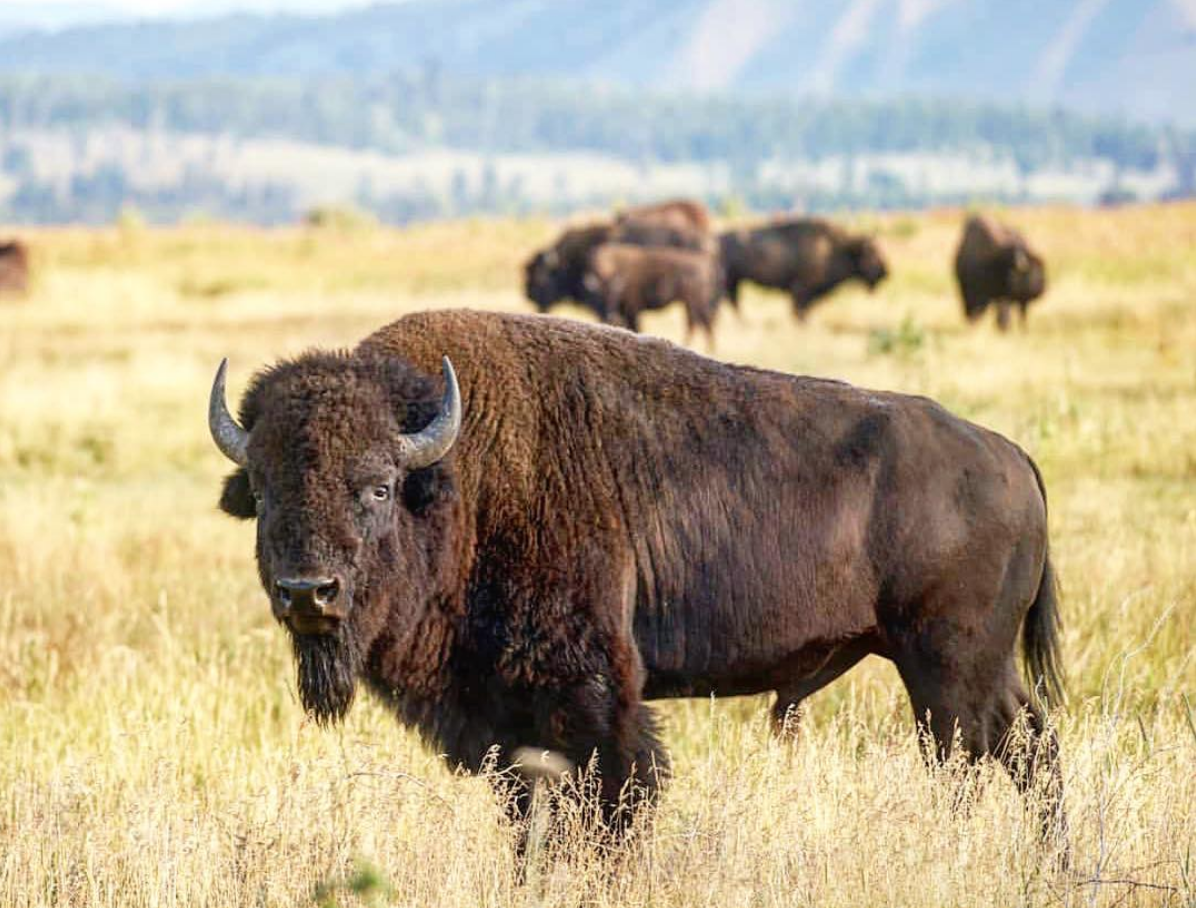A neon sign in Ken Burns’ editing room sums things up with two words: “It’s complicated.”
Life is, people are, history is. Burns’ latest documentary – “The American Buffao,” at 8 p.m. Monday and Tuesday (Oct. 16-17), rerunning at 10 p.m. both days – is filled with complicated souls.
On one level, Burns said, this is straightforward. “It is an unmitigated tragedy …. You watch a species that numbered perhaps as many as 50 or 60 million” dwindle at one point to “under a thousand.” At the same time, the native Americans, who had co-existed with those buffalo for centuries, also declined.
But alongside that are all the rich complications of human behavior. Consider:
— Buffalo Bill, who “bragged of killing more than 4,000 buffalo. At the end, he’s saving buffalo.”
— Theodore Roosevelt, who probably was “what we would call a white supremacist. But he’s also one of the best conservation presidents.”
— Or Quanah Parker, a figure of epic proportions.
The son of a Comanche chief and an Anglo woman, Parker was a fierce warrior. His raid on the Adobe Walls trading post was a turning point, leading to retaliation and confinement in a reservation.
Then he became a rich rancher who had eight wives and went on hunting trips with Roosevelt.
He ruled “at a time of great, rapid, incredible change,” said Julianna Brannum, his great-great-great-granddaughter and a consulting producer for the film. He faced political decisions, but was “also a spiritual leader (who) did not want to give up those old ways, and the buffalo was one of those pieces.”
Burns did find some less-complicated souls. “There’s one unabashed (hero) in George Bird Grinnell.”
An anthropologist and longtime Field and Stream editor, Grinnell organized the Audubon Society. He linked with others — including Roosevelt and Gen. William Tecumseh Sherman — to create the Boone and Crockett Club, restoring the wildlands and protecting the few buffalo in Yellowstone.
And there are unmitigated people on the other side. Richard Henry Pratt summed up his philosophy as: “Kill the Indian in him and save the man.” His boarding school brutally crushed native traditions.
Alongside that was what Burns calls “the largest slaughter of wildlife in the history of the world,” including buffalo “elk and grizzly bears and coyotes and wolves.”
And then came the flip side – attempts to undo mistakes. There are 350,000 or more buffalo in the U.S. now, Burns said; some are in private ranches, others are on federal land or on reservations.
“All bison that live in the United States are contained somehow,” said Rosalyn LaPier, a historian and a member of the Blackfeet Metis. “Some of them are contained in large space and some are contained in smaller spaces, but we don’t have free-roaming bison” with one exception: “This summer, on the Blackfeet reservation, we did release a few dozen bison to be free-roaming.”
Other efforts continue. “Homecoming,” a separate film directed by Brannum (on pbs.org, starting Oct. 18) follows buffalo being taken to two reservations — Wind River in Wyoming and Menominee in Wisconsin. These are opposite worlds – one prairie, one heavily wooded, with an award-winning forestry effort – but both will incorporate buffalo meat into diets.
“The more people start … adding bison back into our food systems, the better,” LaPier said.
Added Burns: “And the healthier they’ll be. It’s a much leaner and better meat.”
There’s also the spiritual side of looking a buffalo in the eye, Brannum said. “It brings me to tears sometimes. It’s that blood memory, the DNA of my people.”
And it’s something that was felt by her great-great-great-grandfather Quanah Parker, the warrior-turned-rancher who died in 1911. “The buffalo was one of those pieces of our culture that were so important ….In his final days, to be able to witness the return of the buffalo was just magnificent.”

Buffalo story is filled with complicated humans
A neon sign in Ken Burns’ editing room sums things up with two words: “It’s complicated.”
Life is, people are, history is. Burns’ latest documentary – “The American Buffao,” at 8 p.m. Monday and Tuesday (Oct. 16-17), rerunning at 10 p.m. both days – is filled with complicated souls.
On one level, Burns said, this is straightforward. “It is an unmitigated tragedy …. You watch a species that numbered perhaps as many as 50 or 60 million” dwindle at one point to “under a thousand.” At the same time, the native Americans, who had co-existed with those buffalo for centuries, also declined.
But alongside that are all the rich complications of human behavior. Consider: Read more…